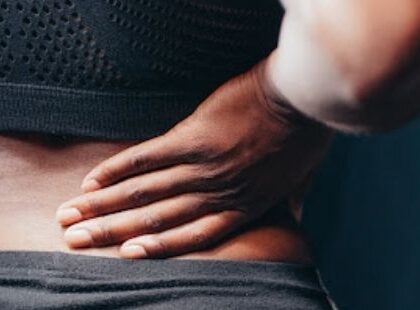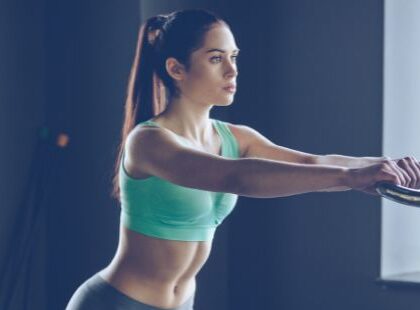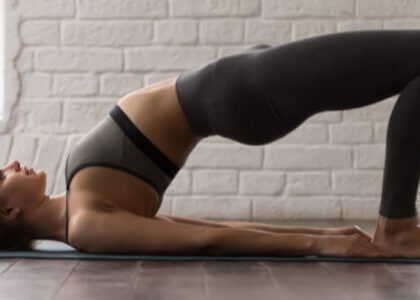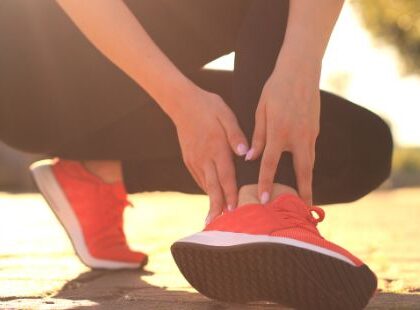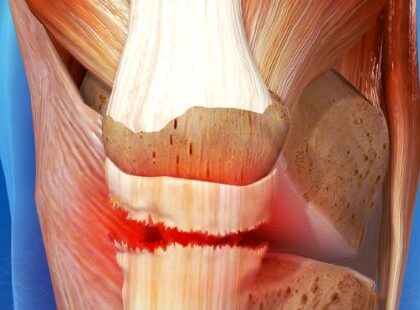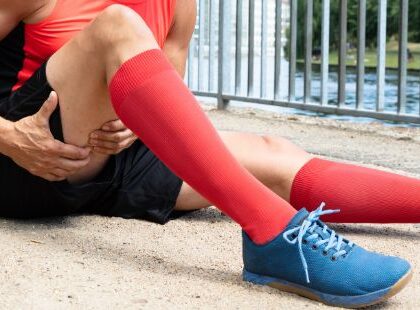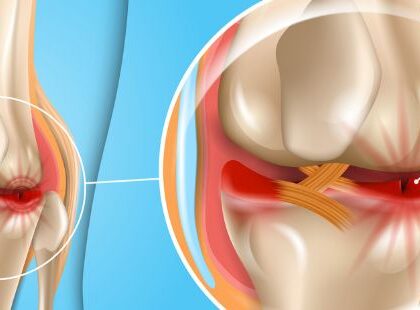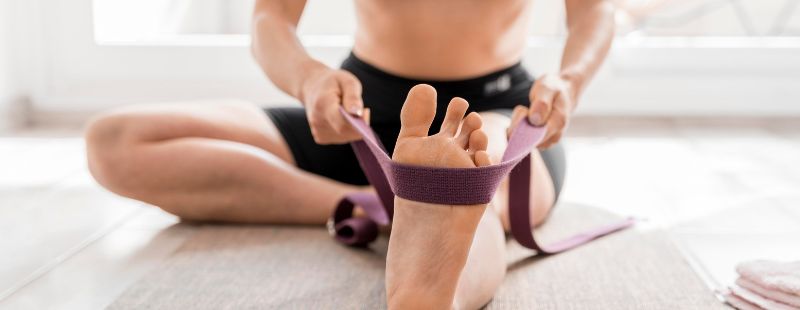
Resistance bands are typically made of thin, long rubber. Sometimes they have handles at each end, making it easier to grip.
They are available in a variety of resistances (from easy to hard) so you can buy one based on your fitness level.
You can do almost any form of strength training exercise using a resistance band, such as rows, chest press, tricep extensions, squats, bicep curls as well as presses; and all this without the need for any type of heavy weights.
Today we discuss some important resistance band exercises for runners to help you build complimentary strength for your running.
The Best Resistance Band Exercises for Runners
If you have just started using a resistance band, you may be curious to know which exercises will provide the best health benefits. It's not uncommon for runners to focus more on building their leg muscles; however, it's extremely important to equally focus on building upper body strength too.
When you are running, your upper body helps to counterbalance your legs. Having a stronger upper body helps you transfer energy in a much more efficient manner, with each stride.
Here are some exercises to get you going, and help you build strength as well as improve your running.
Chest Press
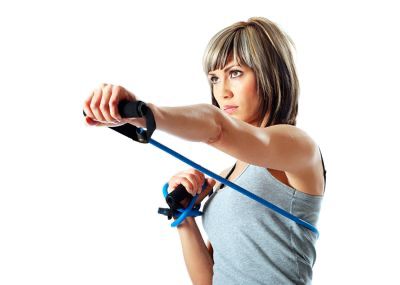
The Chest press is an ideal way of working your pectoral muscles as well the front of your shoulders.
Shoulder strength is important whilst running as it helps support forward momentum and assists in engaging the core.
To perform this exercise:
- Attach the resistance band to any stable surface like a doorway, alternatively you can wrap the resistance band behind your back as pictured.
- Now face away from the door so that the band comes around your shoulders.
- Hold the band in each hand at your chest level
- Press the band away from your body until your arm is very straight, and then return to your starting position.
This exercise can also be completed by doing one side at a time, in this instance you can increase your resistance by doubling up the resistance band per arm.
Seated or Standing Rows
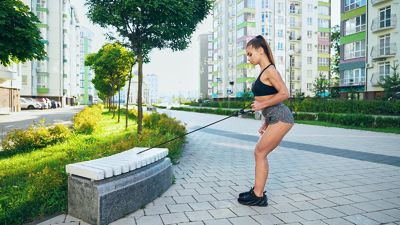
This exercise is designed to also build shoulder strength and is the perfect companion to the chest press. Where the chest press builds strength int he front of the shoulders, the Row builds strength at the back of your shoulders.
When performing this exercise it is important that you focus your attention on the muscles between your shoulder blades and that you are actively squeezing that area together.
- Securely fasten the resistance band to a stable area, like a doorway.
- Be sure you are facing the resistance band and squat slightly so that you are level with the band (if required)
- Without raising your arms/shoulders too high, pull the band towards you whilst actively squeezing your shoulder blades together
- Slowly release whilst allowing your arms to extend fully in front of you.
This exercise can also be performed one hand at a time to help build additional stability in the shoulder.
Leg Extensions
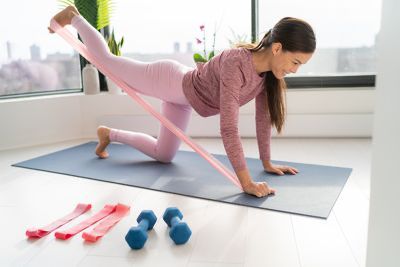
Leg extensions are an excellent way of building strength in the posterior chain whilst specifically targeting your glutes. When done properly this exercise assists in hip stability, lumbar stability and engages the development of muscles in your back.
- Come down on all fours as pictured and wrap the resistance band around your foot so that it is secured underneath your hand
- Slowly lift the leg off the floor, extending it behind you. The idea is that you can fully extend it so that it is in line with your body
- Then return the leg to the ground and repeat again
When performing this routine, be mindful not to rotate your body or your torso. Keep the remaining leg and arms on the ground and just extend your leg back and then down.
Glute Strengthening
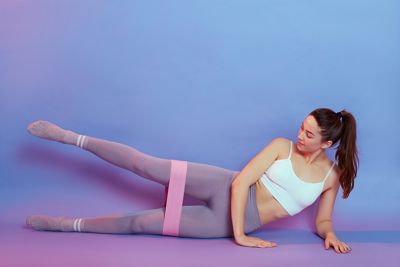
This is another important exercise in building glute strength.
With our leg extension we focussed mainly on the glutes max, with this exercise we are targetting the smaller glutes muscles.
Variation 1
- Lay on your side, as pictured.
- Have the resistance band around your ankles or knees, depending on how challenging you would like it to be.
- Keeping your leg in a straight line, lift it slowly straight up and then slowly back down again.
- Repeat several times.
Variation 2
- Lay on your side, as pictured, however have your knees slightly bent to approximately 45 degrees.
- Have the resistance band just above your knees.
- Keeping your ankles connected, open your legs from your knees only (this creates a rotation movement as opposed to a lift)
- Repeat several times.
The trick with these exercises is to do them consistently!
Resistance Band Exercise Benefits
If you have never used this exercise equipment, you are sure to be surprised with the amount of benefit you get from them.
This is an extremely simple yet effective tool that can help you get in shape.
There are a number of benefits to using a resistance band in your exercise routine, such as:
- Incredibly cost-effective
- Adaptable for various fitness levels
- Can be used with different familiar exercises
- Provides whole-body exercises
- You save on storage space
- Easy to use alone
- Perfect for traveling
- Adds variety as you can do various exercises
- Can be easily combined with other exercise equipment
- Provides an effective workout
If you want to know more about resistance band exercises, feel free to contact us at Paramount Sports Recovery. You can also call us on 02 9719 2060. We'll be happy to help.
We also have an excellent blog on the best time to utilise stretching as part of your exercise regime.
Check it out Here.
